Rickets:

Rickets
definition-Rickets is a skeletal disorder that’s caused by a lack of vitamin D, calcium, or phosphate. These nutrients are important for the development of strong, healthy bones. People with rickets may have weak and soft bones, stunted growth, and, in severe cases, skeletal deformities.
Cause-

Rickets is a bone disorder caused by a deficiency of vitamin D, calcium, or phosphate. There are different bony abnormalities associated with rickets, but all are due to poor mineralization with calcium and phosphate. The active form of vitamin D is synthesized by skin cells when exposed to sunlight.
Table of Contents
Lack of vitamin D:
Children who don’t get enough vitamin D from these two sources can develop a deficiency:
- Sunlight. Your child’s skin produces vitamin D when it’s exposed to sunlight. But children in developed countries tend to spend less time outdoors. They’re also more likely to use sunscreen, which blocks the sun’s rays that trigger the skin’s production of vitamin D.
- Food. Fish oil, egg yolks and fatty fish such as salmon and mackerel contain vitamin D. Vitamin D has also been added to some foods and beverages, such as milk, cereal and some fruit juices.
Problems with absorption:-
Some children are born with or develop medical conditions that affect the way their bodies absorb vitamin D. Some examples include:
- Celiac disease
- Inflammatory bowel disease
- Cystic fibrosis
- Kidney problems
Signs and symptoms of rickets can include:

Signs and symptoms
- Delayed growth
- Delayed motor skills
- Pain in the spine, pelvis, and legs
- Muscle weakness
Because rickets softens the areas of growing tissue at the ends of a child’s bones (growth plates), it can cause skeletal deformities such as:
- Bowed legs or knock knees
- Thickened wrists and ankles
- Breastbone projection
Risk factors:-
Factors that can increase a child’s risk of rickets include:
- Dark skin. Dark skin has more of the pigment melanin, which lowers the skin’s ability to produce vitamin D from sunlight.
- Mother’s vitamin D deficiency during pregnancy. A baby born to a mother with severe vitamin D deficiency can be born with signs of rickets or develop them within a few months after birth.
- Northern latitudes. Children who live in geographical locations where there is less sunshine are at higher risk of rickets.
- Premature birth. Babies born before their due dates tend have lower levels of vitamin D because they had less time to receive the vitamin from their mothers in the womb.
- Medications. Certain types of anti-seizure medications and antiretroviral medications, used to treat HIV infections, appear to interfere with the body’s ability to use vitamin D.
- Exclusive breast-feeding. Breast milk doesn’t contain enough vitamin D to prevent rickets. Babies who are exclusively breast-fed should receive vitamin D drops.
Diagnosis:
Your doctor may be able to diagnose rickets by performing a physical examination. They will check for tenderness or pain in the bones by lightly pressing on them. Your doctor may also order certain tests to help make a rickets diagnosis, including blood tests to measure the levels of calcium and phosphate in the bloodbone X-rays to check for bone deformities
In rare cases, a bone biopsy will be performed. This involves the removal of a very small section of bone, which will be sent to a laboratory for analysis.
Physical Therapy Management:
There are no direct physical therapy interventions for vitamin D deficiency. Patient will be referred to physical therapy for treatment of impairments that may be a cause of vitamin D deficiency such as decline in muscle strength, decline in physical functioning, or falls prevention. (See Clinical Presentation)
Physical therapists can take a team approach with medical management through patient education on:

- Foods high in vitamin D
- Importance of following medical recommendations for vitamin D intake
- Importance of proper sun exposure with risks of overexposure

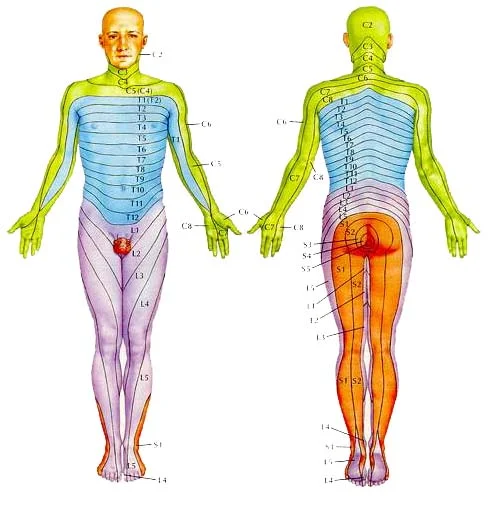
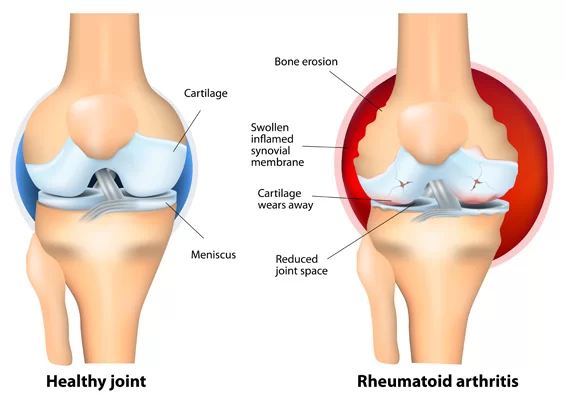
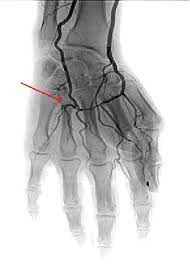
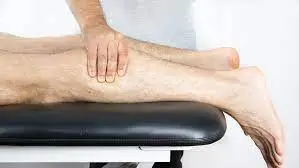
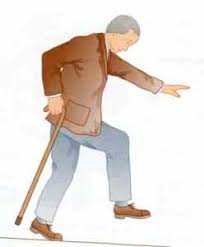

3 Comments